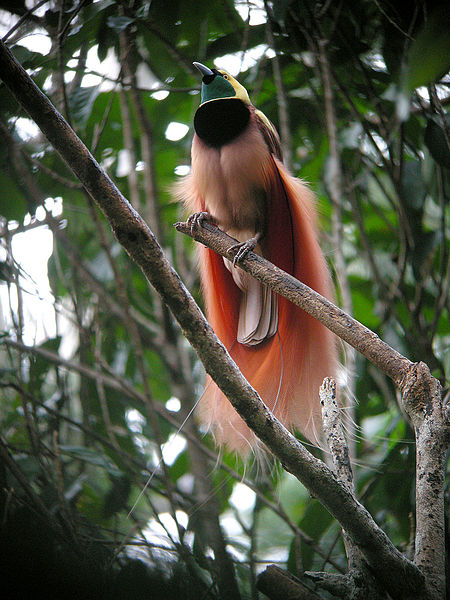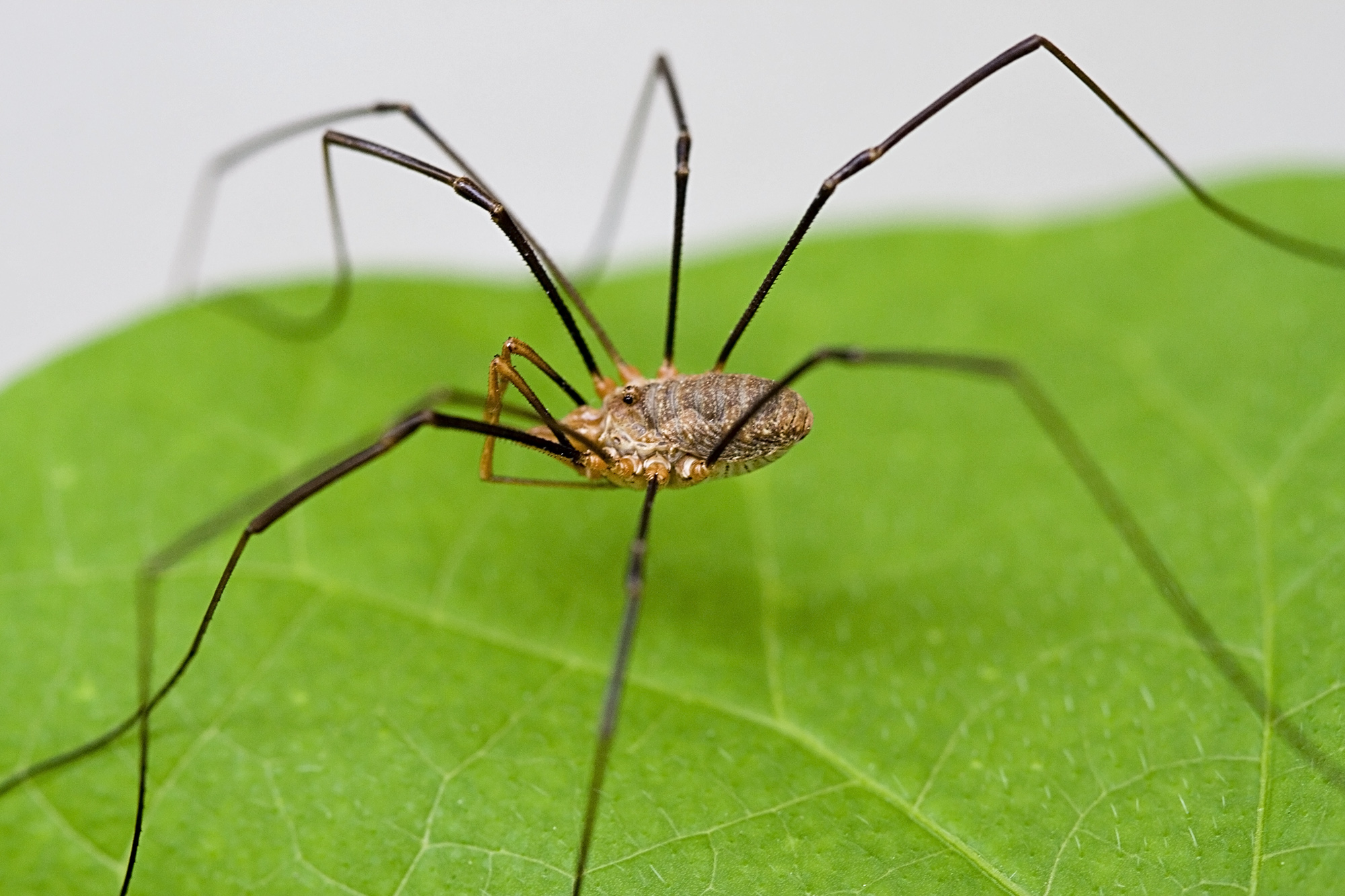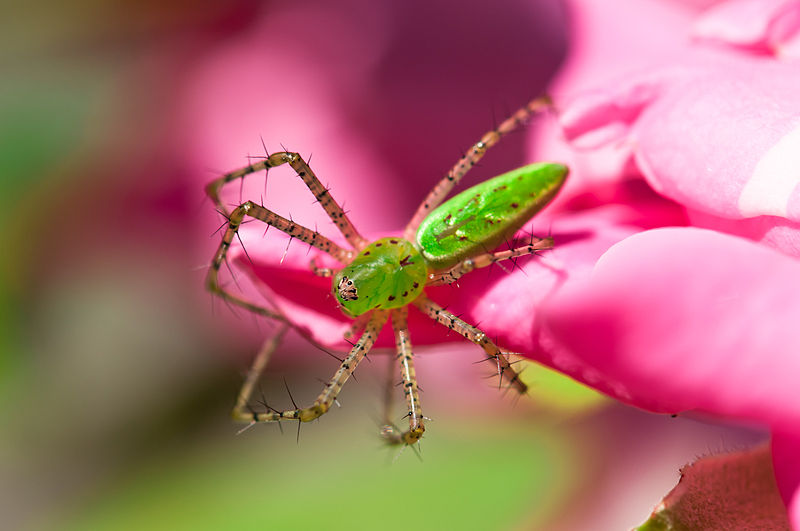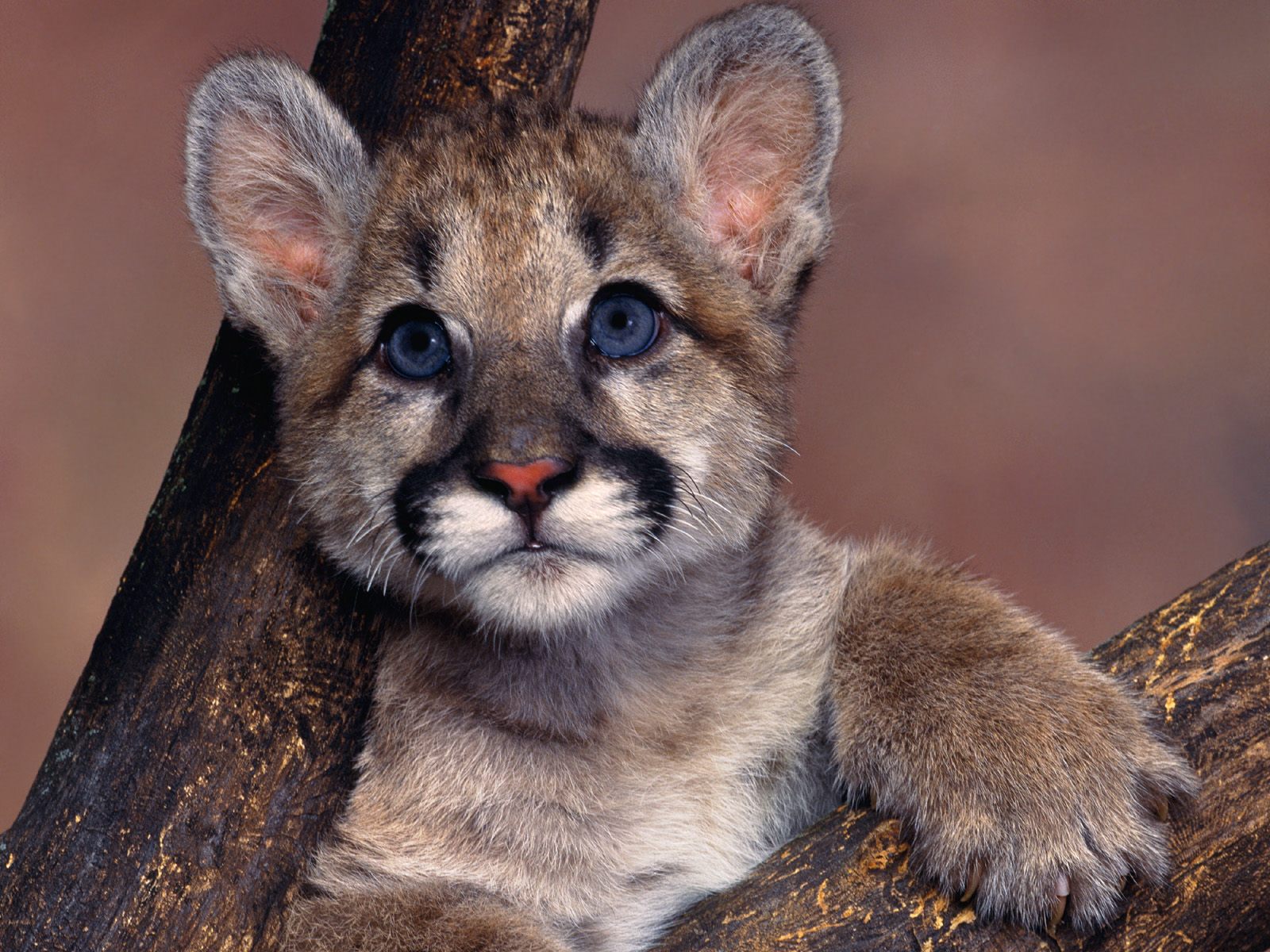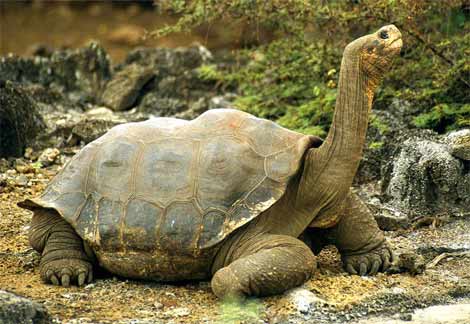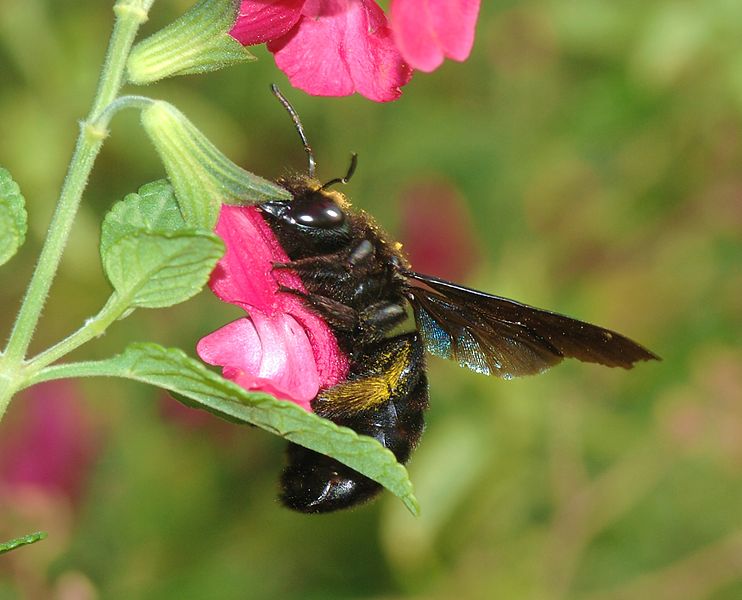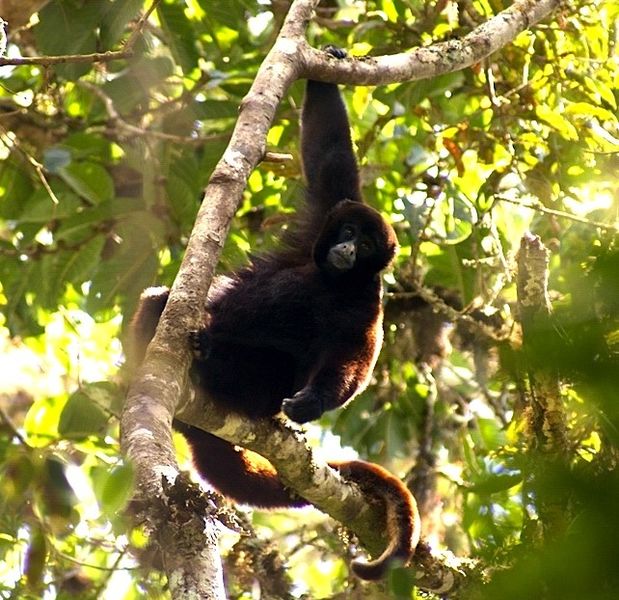
Today’s featured animals, the Yellow-Tailed Wooly Monkey, was selected simply because they have a pretty cool name. Oh, and they are an impressive primate that is quickly disappearing from the face of the earth, so I figured we should learn about them before it is too late. This rare type of spider monkey can only be found in the Peruvian Andes located in northern Peru. The destruction of this habitat for logging and cattle farms has lead to a sharp decline in the Wooly Monkey population. Currently, there are about 250 individuals remaining in the wild and if something isn’t done soon, this number will undoubtedly drop to zero. So let’s learn a little more about them and see if there is anything we can do to help.
Brink of Extinction…Again!
Interestingly enough, the Yellow-Tailed Wooly Monkey was already extinct! That’s right, the first discovery of this beautiful creature was made in 1812 from a pelt being used as a saddle. They had never identified a living specimen and for the next 100+ years, figured this monkey species was actually extinct. It wasn’t until 1974 that a group of scientists found a young Wooly Monkey during their expedition funded by the WWF. This re-discovery sparked the interest of the scientific community and set forth an initiative to calculate the population of the Yellow-Tailed Wooly Monkey. This monkey has managed to stave off extinction once before, do you think they can do it again?
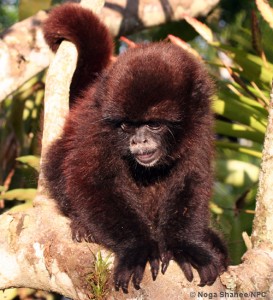
Living in a Group Home
Typically, this arboreal and diurnal (active during the day) monkey species lives in groups ranging from 4 individuals to as many as 30. Unlike other monkey species, the Yellow-Tailed Wooly Monkey group is not overly competitive. While it is believed they have a dominant male, they are pretty good at sharing their resources. Obviously, their early ancestors taught them the importance of sharing! While this group of monkeys are considered to be polygamous, they actually have a very low birthing rate. Females will give birth to a single young every two or three years, which will make rebounding from their low population levels even more difficult.
If you would like to help this amazing monkey rebound, I encourage you to check out the following resources:
Neotropical Primate Conservation
EDGE – Evolutionarily Distinct & Globally Endangered

